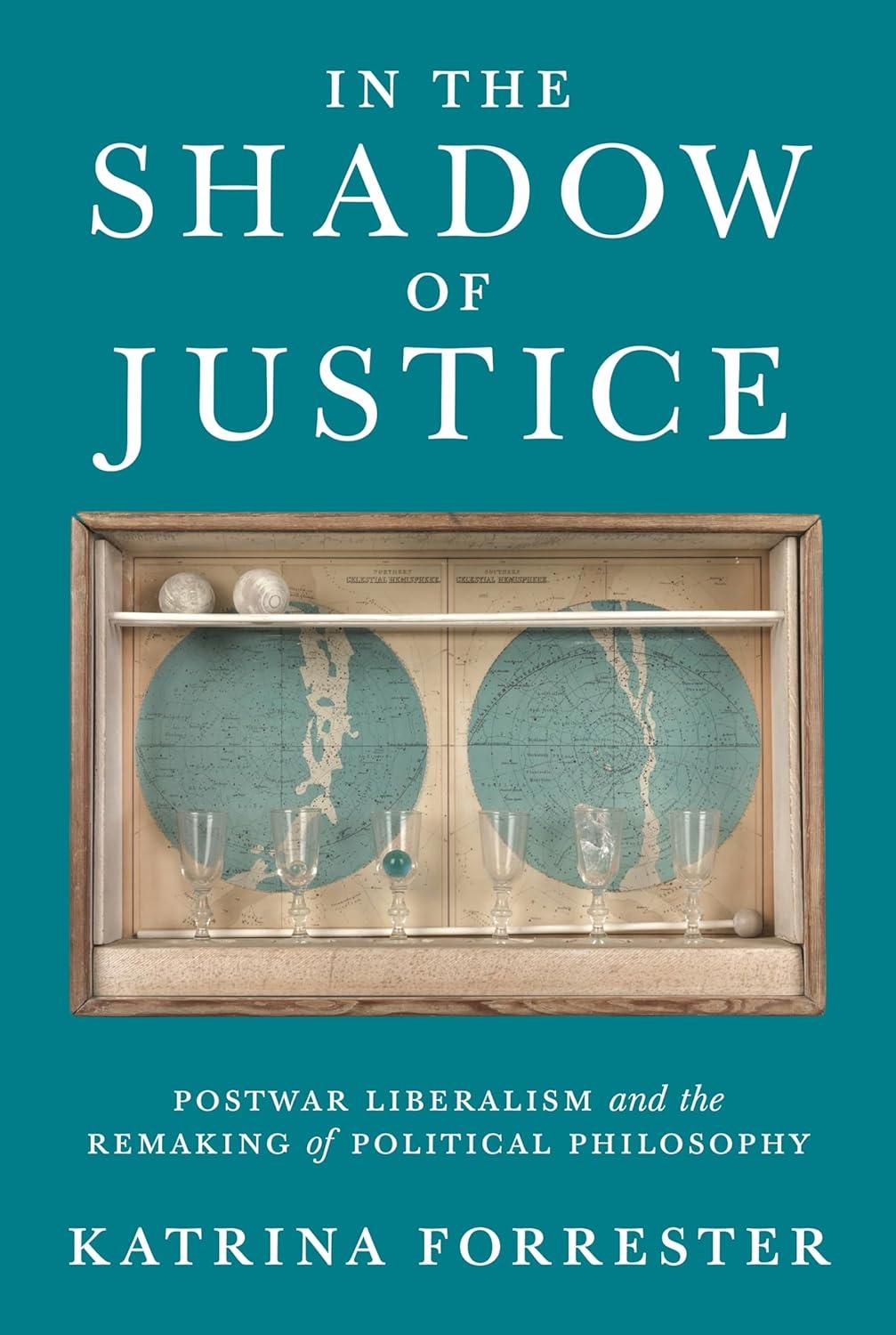John Rawls (1921–2002) was the most important political philosopher of his age. His 1971 book A Theory of Justice, which offered a philosophical basis for liberal egalitarianism, also supplied the raw material for an entire “Rawlsian” school of thought. But the reputation of Rawls in the academic world grew just as conservative forces committed to fostering greater inequality were becoming dominant, especially in the Anglo-American countries where Rawlsian ideas were most influential.
Katrina Forrester is the author of an acclaimed study of John Rawls, In The Shadow Of Justice (2019). She spoke to Jacobin about the strengths and shortcomings of Rawlsian theory, the relationship between political philosophy and the politics of power, and the lessons socialists can learn from a critical engagement with liberalism.
For someone largely or entirely unfamiliar with John Rawls, how would you summarize his impact on political philosophy? Can you explain the concepts of the “original position” and the “veil of ignorance” as guides to political action?
In the mid-century, postwar United States, a particular form of liberalism became a dominant political ideology; John Rawls was its greatest philosopher. Rawls was best known for his work A Theory of Justice (1971), a book that transformed how political philosophy was done for a generation. His philosophical vision of a just society, which embodied the postwar liberal dream of a more perfect America, became the basis for a philosophy known as “liberal egalitarianism.”
The society Rawls described was pretty close to the United States in terms of its organization — it was a liberal society with legislatures, courts, a constitution, and so on — but he wanted to limit inequality. The most famous argument that Rawls provided to support this vision was his idea of the “original position,” where people meet behind a “veil of ignorance” (which denies them all sorts of information about themselves — gender, class, race) to choose the principles that will regulate society. The basic idea was to imagine what kind of society you would want to set up, if you didn’t know where you would end up in it, or who you would be.
Rawls said you would choose to set up social institutions in accordance with his two principles of justice — one of liberty and one of equality. The point of Rawls’s theory, in this sense, was to provide standards for judging institutions: where a society’s institutions fell short of those principles and failed to provide the basis for egalitarian social relations, they did not meet the standards of justice — and they should be reformed.
